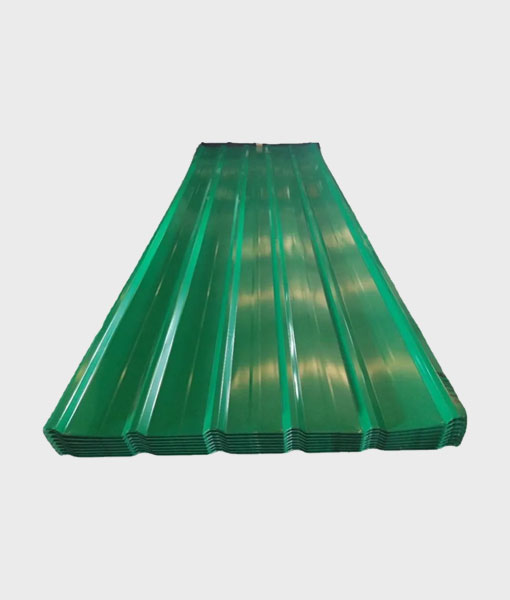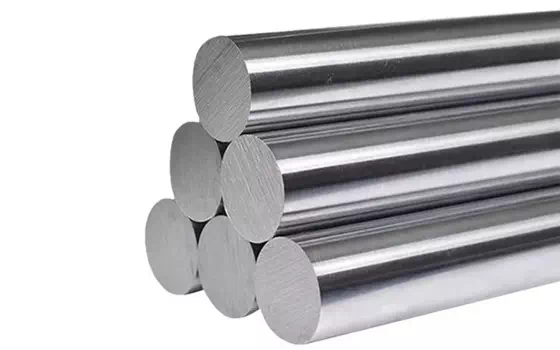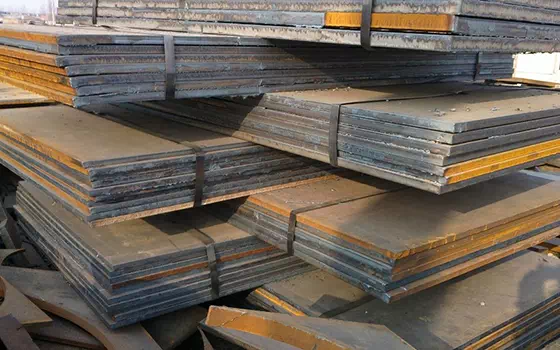The effect of sound absorption and noise reduction is closely related to the shape and size of the room and the location of the sound absorption material. Together, these factors determine how sound is transmitted in the space, which affects the performance of the sound-absorbing board.First of all,
The effect of sound absorption and noise reduction is closely related to the shape and size of the room and the location of the sound absorption material. Together, these factors determine how sound is transmitted in the space, which affects the performance of the sound-absorbing board.
First of all, when the area of the room is large, if people's activity area is close to the sound source, then the direct sound will dominate. Direct sound refers to the sound that is transmitted directly from the sound source to the receiving point without any reflection and scattering. In this case, the role of the sound absorption board is relatively small, because it mainly affects the reflected sound, and the proportion of direct sound is high, and the improvement of the sound absorption board on the overall sound environment is limited.
On the contrary, if the area of the room is small, the sound emitted by the sound source will be reflected many times between the various walls, and the direct sound will be mixed together to form a complex sound field. In such an environment, the role of the sound absorption board is particularly important. The sound absorption board absorbs part of the reflected sound, reducing the energy of the sound, which significantly reduces noise levels and improves sound clarity.
In addition, the shape of the room will also have an impact on the sound absorption effect. For example, if a room has a lanky shape and is more than five times as long as it is wide, sound will experience more reflection in such a space. In such a space, the sound absorption board can effectively capture the sound of multiple reflections, reducing the number of reflections of the sound, thereby improving the sound absorption effect.
To sum up, in order to achieve the best sound absorption and noise reduction effect, it is necessary to consider not only the performance of the sound absorption material itself, but also the size, shape and layout of the room. Through careful planning and design of these factors, the quality of the indoor acoustic environment can be significantly improved, creating a more peaceful and comfortable listening space.














